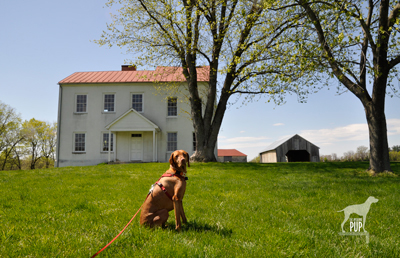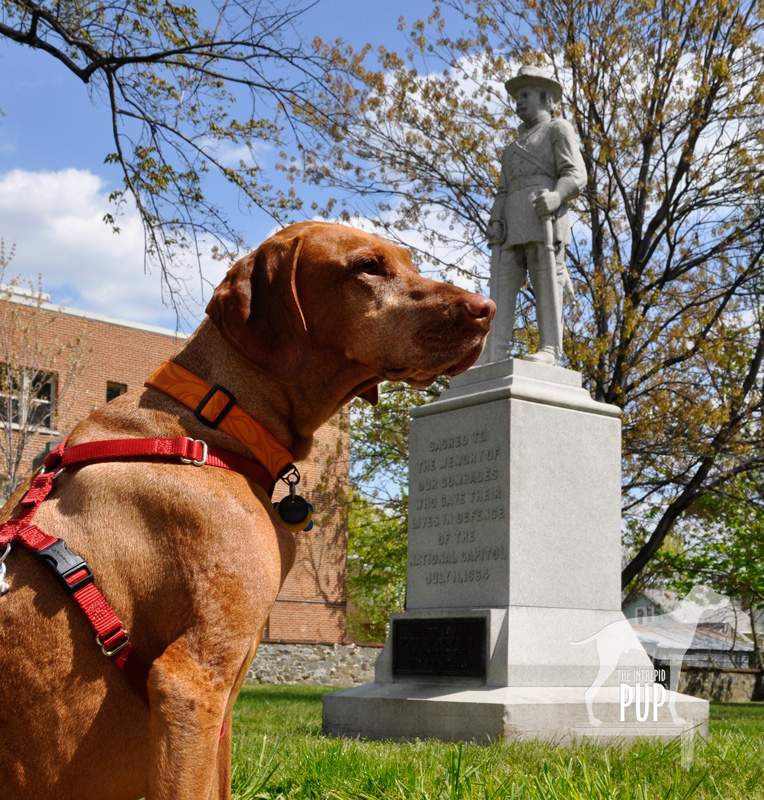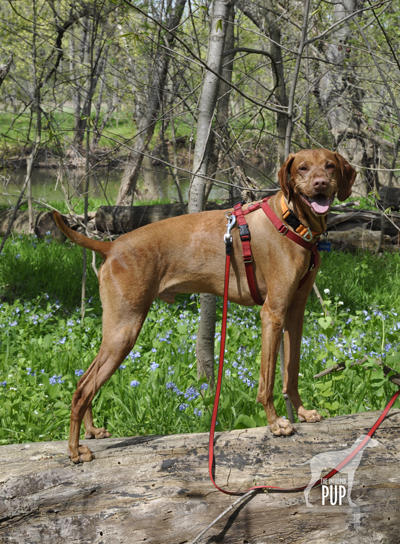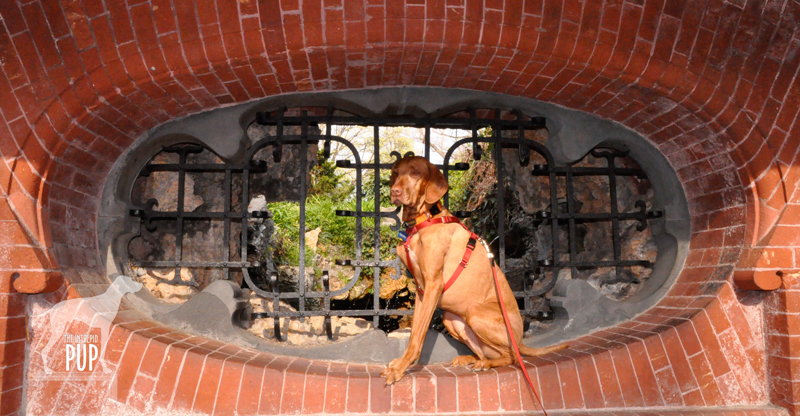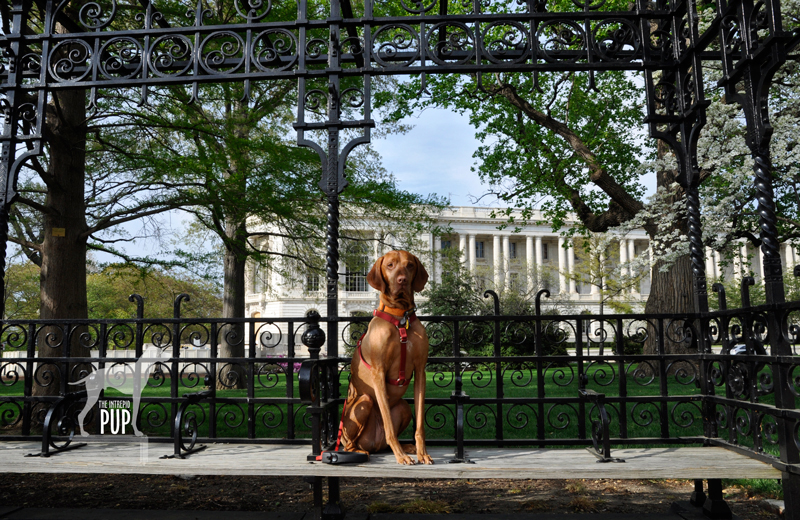
Beth Ellen* is nine years old and thinks Tavish is “reallllly silly…and I like silly.” She’s a regular in reading to Tavish at the local library. Yes, when the Intrepid Pup isn’t off exploring parks, trails, and museums, he’s often going to senior living centers, schools, and libraries through a pet visitation program run by the DC-based non-profit organization P.A.L. (For a more comprehensive article on Tavish’s work as an AKC-certified Therapy Dog, click here.)
On this particular evening Beth Ellen is reading aloud from an illustrated chapter book she’d selected, and she’s adding considerable flair to the dialogue. So when the chapter ends with one of the characters exclaiming about an achievement, Beth Ellen delivers the line with similar gusto: “Hallelujah!” she shouts. Tavish chooses this precise instant to pop up with a full-body wriggle and give Beth Ellen a lick on the cheek. She’s so enthralled by this reaction to her dramatic reading that she’s momentarily speechless. She then grins widely and says, “I soooo want to say that word again, but I don’t know what’ll happen.” She reaches for Tavish’s collar, looks him in the eye and whispers, “Tavish, Hallelujah!” And wouldn’t you know it? Tavish licks her again, tail now wagging at full speed. Beth Ellen dissolves into a fit of giggles repeating, “Hallelujah, Tavish. Hallelujah!” as he nuzzles her hair. It’s a safe bet that this moment is one Beth Ellen won’t soon forget and will always associate with the joy of reading.
This week—May 7-13, 2012—is Children’s Book Week (CBW). It promotes the notion that “children’s books and literacy are life-changers,” and if Tavish’s experiences with young readers are any indication, it’s a pretty sound premise. CBW’s origins date to 1913, when librarian Franklin K. Matthiews toured the country proposing that publishers, libraries and booksellers support a Children’s Book Week as a way to encourage higher standards in children’s literature. By 1919 his vision had become a reality: CBW was an annual celebration well on its way to becoming the country’s longest-running literacy initiative. Today Every Child A Reader: The CBC Foundation coordinates CBW events in more than 40 cities from coast to coast to instill a lifelong love of reading.
Tavish has seen and listened to a LOT of children’s books. In the past year, more than 105 different children have read to him…even in Spanish! And because Team Tavish hears the stories, too, we’ve compiled a list (by no means intended to be exhaustive) of several that appeal to the Intrepid Pup’s mindset for adventure, are charmingly written, and beautifully illustrated…in other words, storybooks we don’t mind listening to time and time again:
- A Bear Called Paddington by Michael Bond
- The Biggest Bear by Lynd Ward
- The Country Bunny and the Little Gold Shoes by Du Bose Heyward
- Frederick by Leo Lionni
- Gaspard and Lisa at the Museum by Anne Gutman and Georg Hallensleben
- Hannah’s Collection by Marthe Jocelyn
- Madeline’s Rescue by Ludwig Bemelmans
- Mike Mulligan and his Steam Shovel by Virginia Lee Burton
- Miss Renée’s Mice by Elizabeth Stokes Hoffman
- One-Dog Canoe by Mary Casanova
- One Morning in Maine by Robert McCloskey
- Paddle to the Sea by Holling Clancy Holling
- The Phantom Tollbooth by Norton Juster
- Rosebud and Red Flannel by Ethel Pochocki
- Stuart Little by E. B. White
So, in the spirit of Children’s Book Week, grab a storybook and start reading. “Hallelujah!”
*Child’s name has been changed to protect privacy

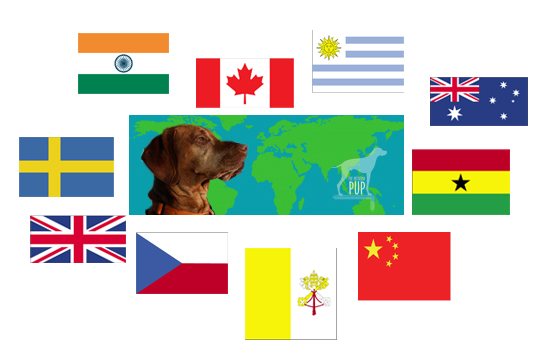 With much public attention focused on what happens on Capitol Hill it’s easy to overlook that Washington, DC has a vibrant international scene. Amid the smörgåsbord of national associations, government agencies and multinational corporations are an astounding 176 official diplomatic missions. They’re all within northwest DC. While a few outliers are in Cathedral Heights, Penn Quarter or the U Street corridor, the vast majority are clustered on Embassy Row and in the Cleveland Park, Dupont Circle, Foggy Bottom, Georgetown, and Kalorama neighborhoods. The architecture of the chanceries and ambassadorial residences are as varied as the countries themselves. And while you might think that embassies and their staffs are cloistered entities, nothing could be further from the truth.
With much public attention focused on what happens on Capitol Hill it’s easy to overlook that Washington, DC has a vibrant international scene. Amid the smörgåsbord of national associations, government agencies and multinational corporations are an astounding 176 official diplomatic missions. They’re all within northwest DC. While a few outliers are in Cathedral Heights, Penn Quarter or the U Street corridor, the vast majority are clustered on Embassy Row and in the Cleveland Park, Dupont Circle, Foggy Bottom, Georgetown, and Kalorama neighborhoods. The architecture of the chanceries and ambassadorial residences are as varied as the countries themselves. And while you might think that embassies and their staffs are cloistered entities, nothing could be further from the truth.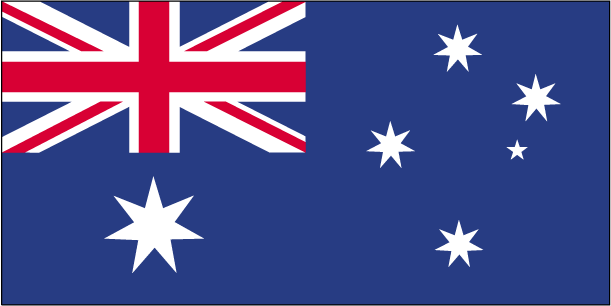
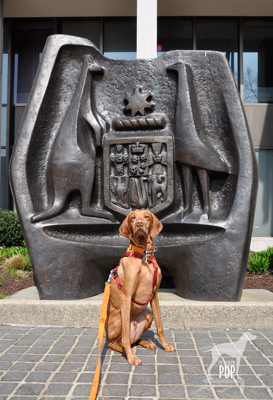
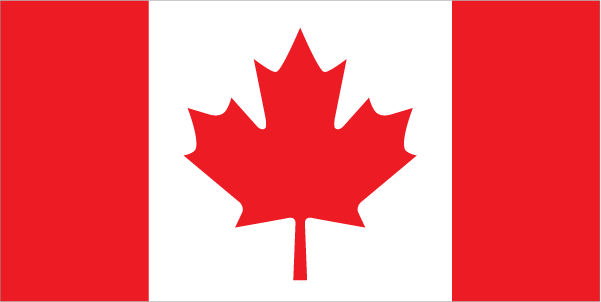
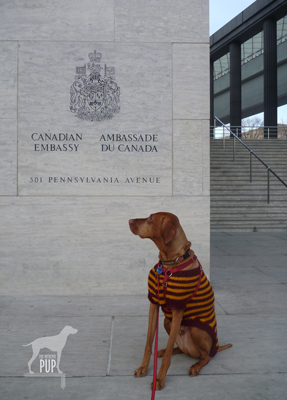
 38°56′32.20″N, 77°3′58.90″W
38°56′32.20″N, 77°3′58.90″W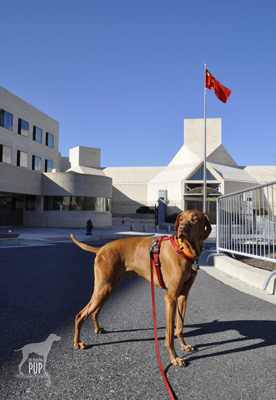
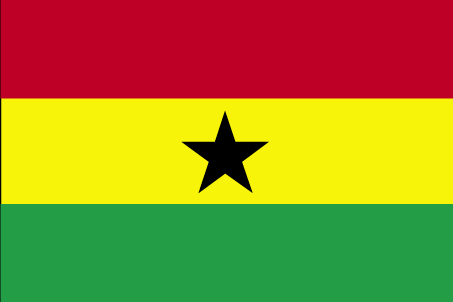 38°56′32.30N,
38°56′32.30N,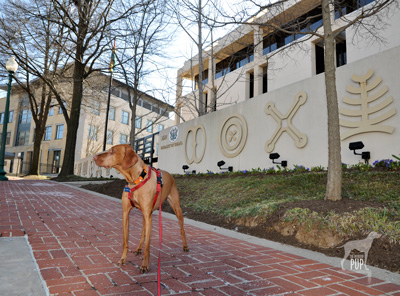
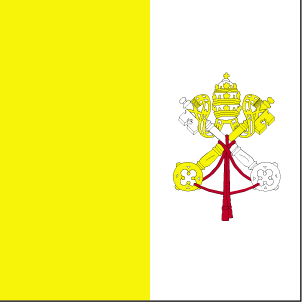
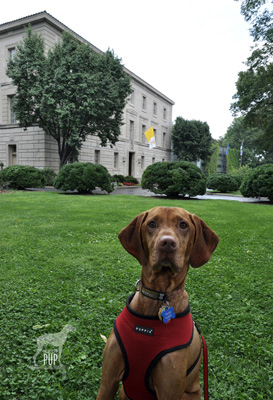
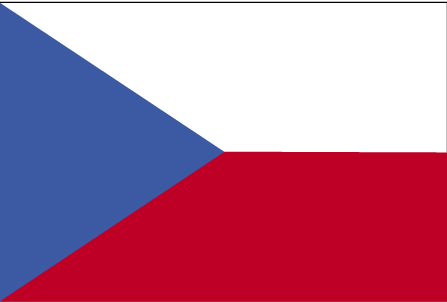 38°56′23.10″N,
38°56′23.10″N,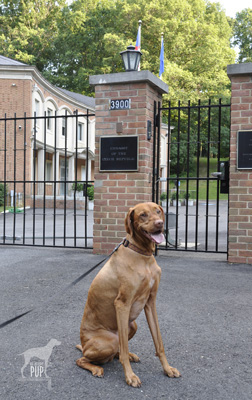

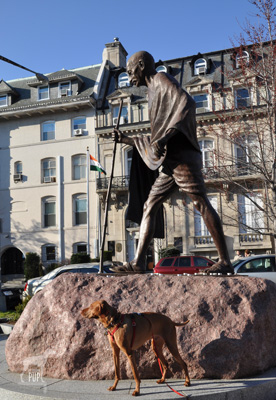
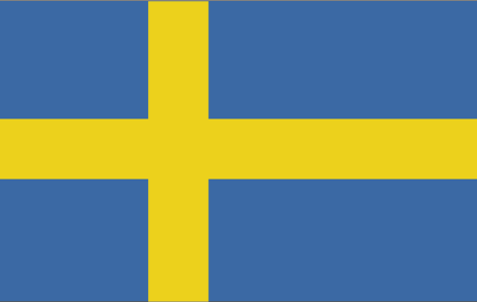 38°54′4.08″N,
38°54′4.08″N,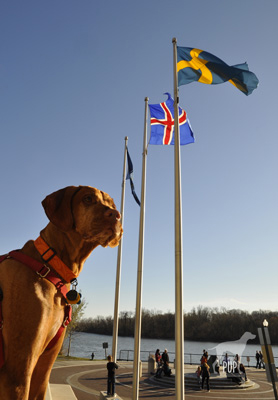
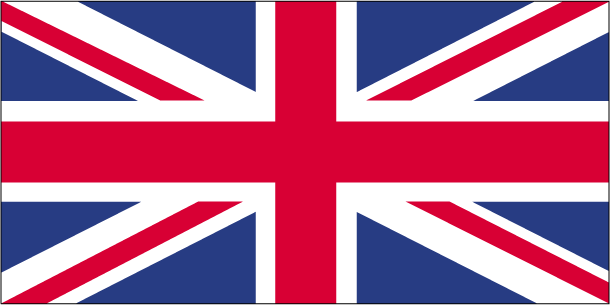
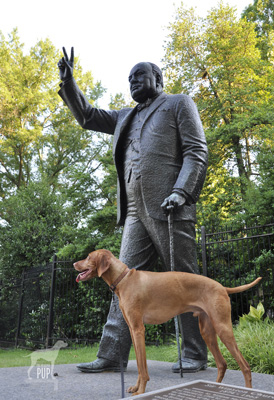
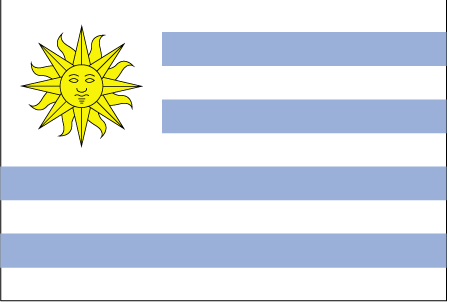 38°54′5.15″N,
38°54′5.15″N,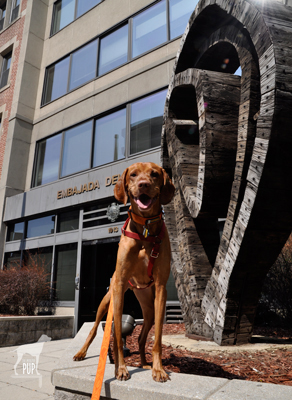

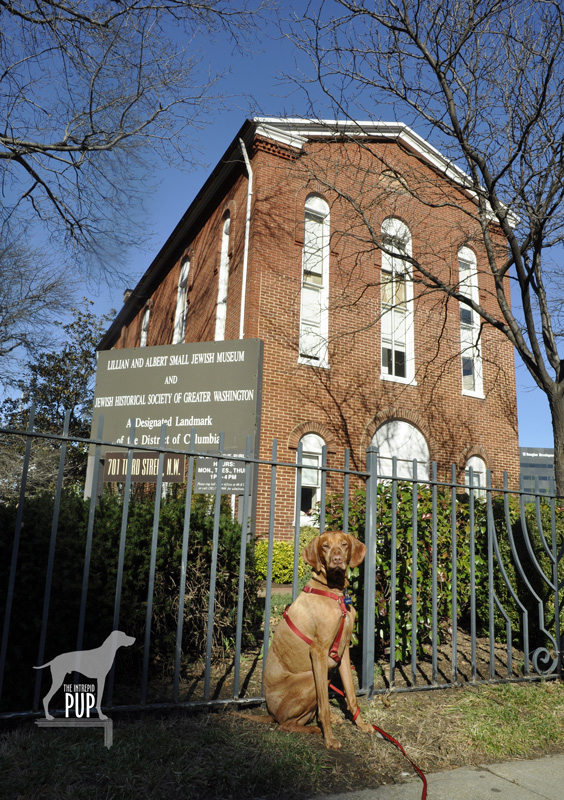 Now that the calendar has flipped to May, the national observance of
Now that the calendar has flipped to May, the national observance of 